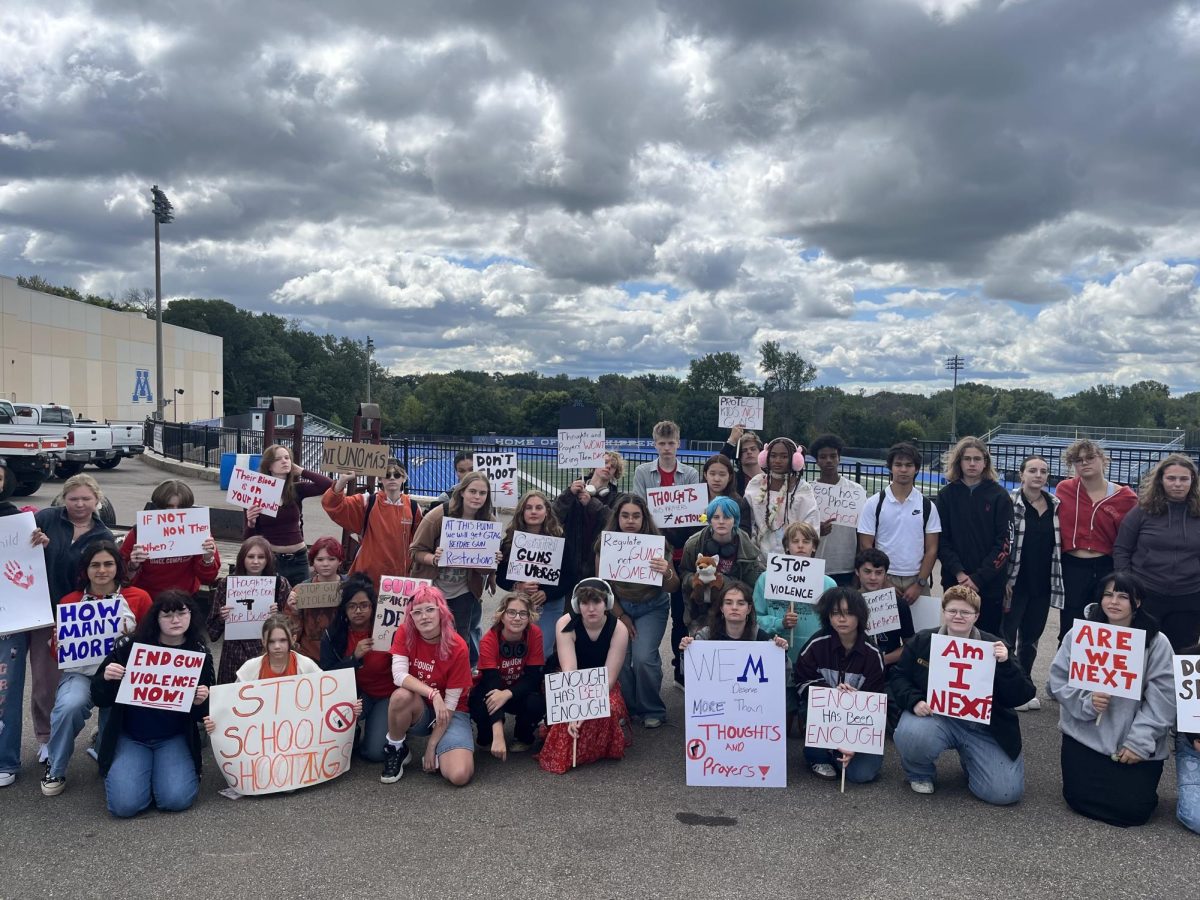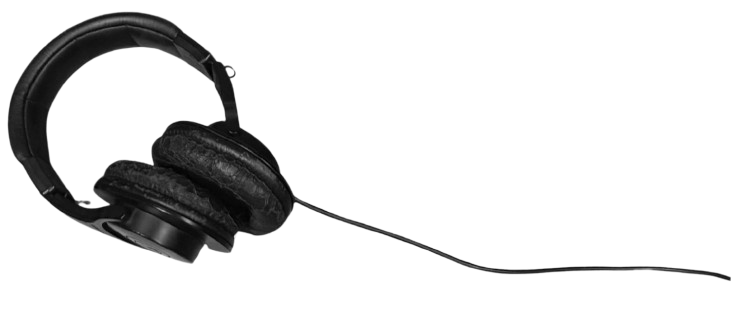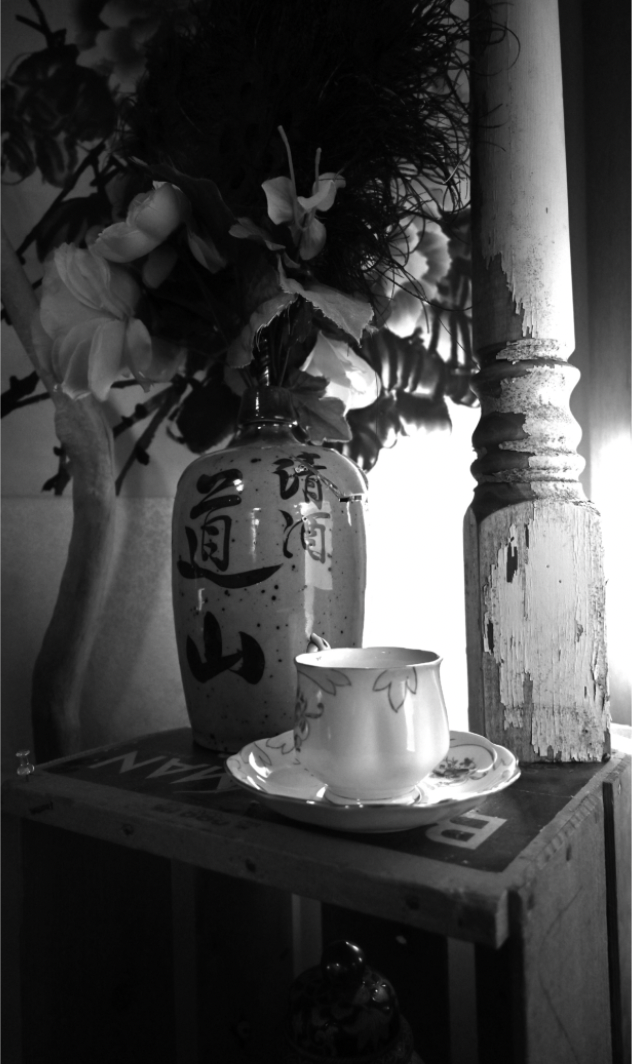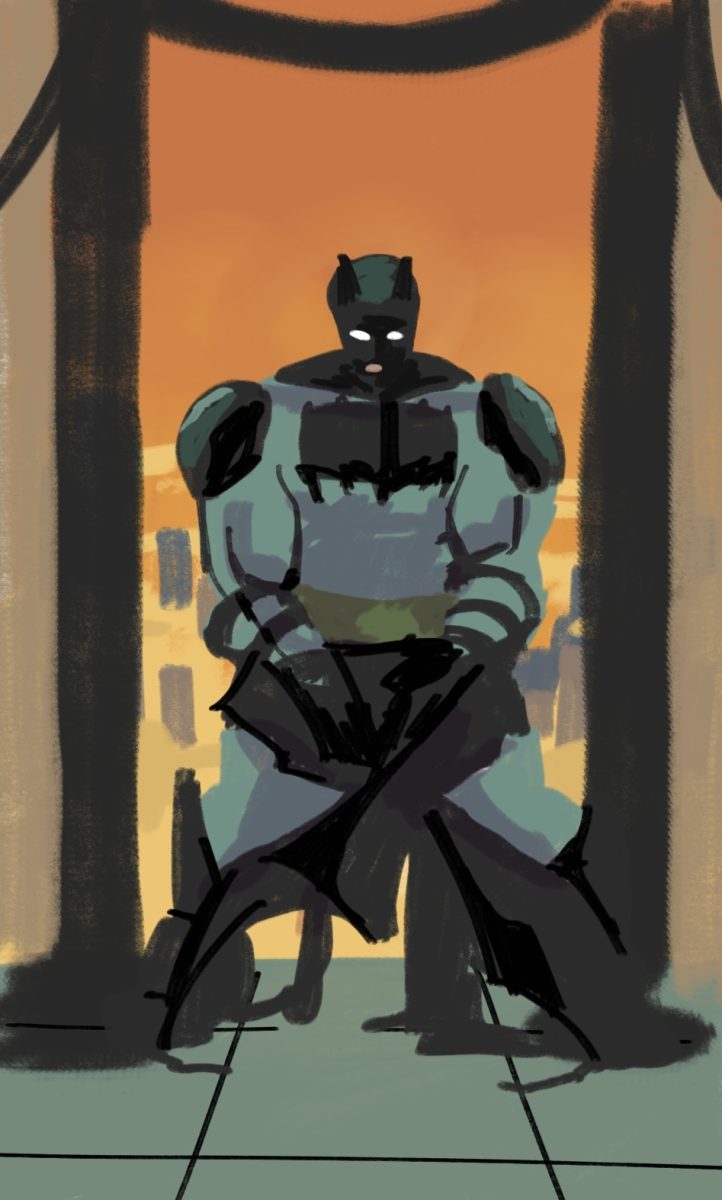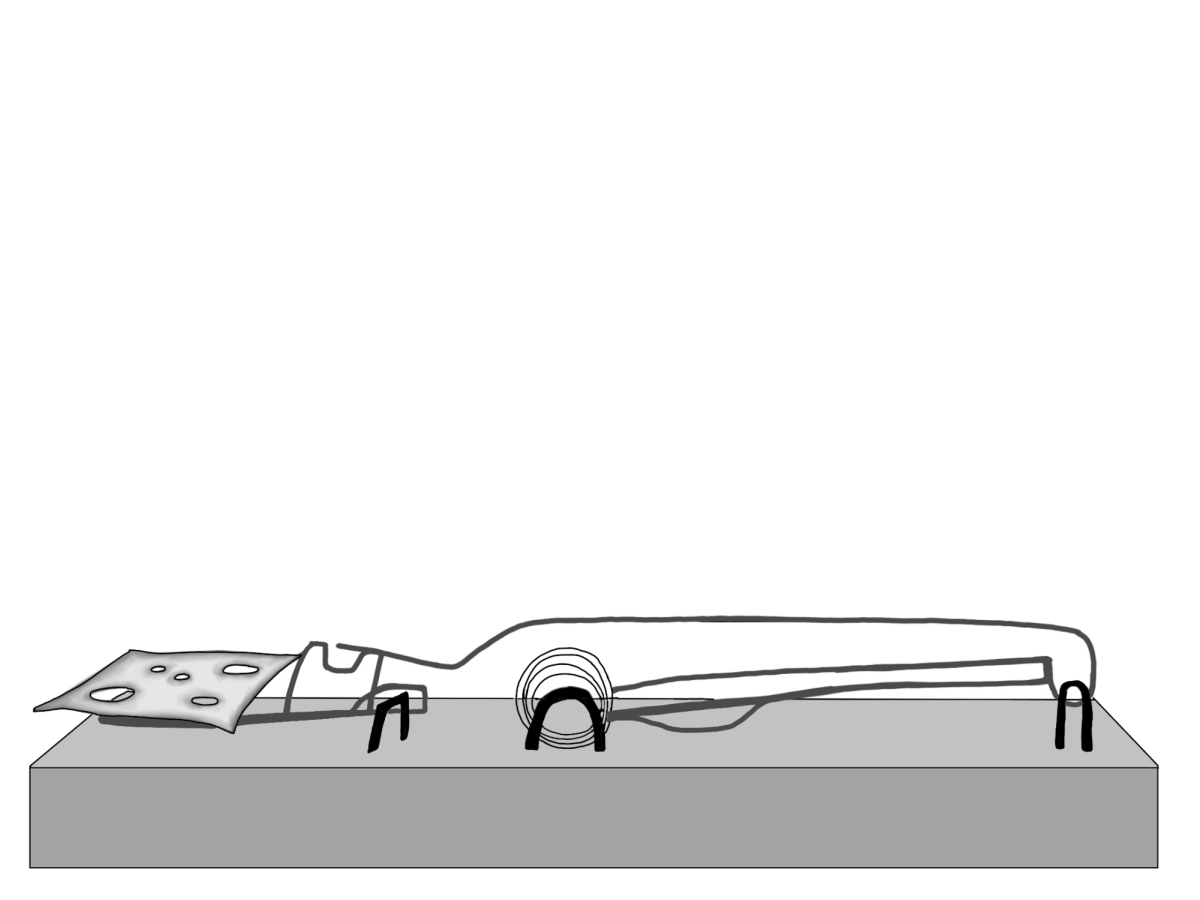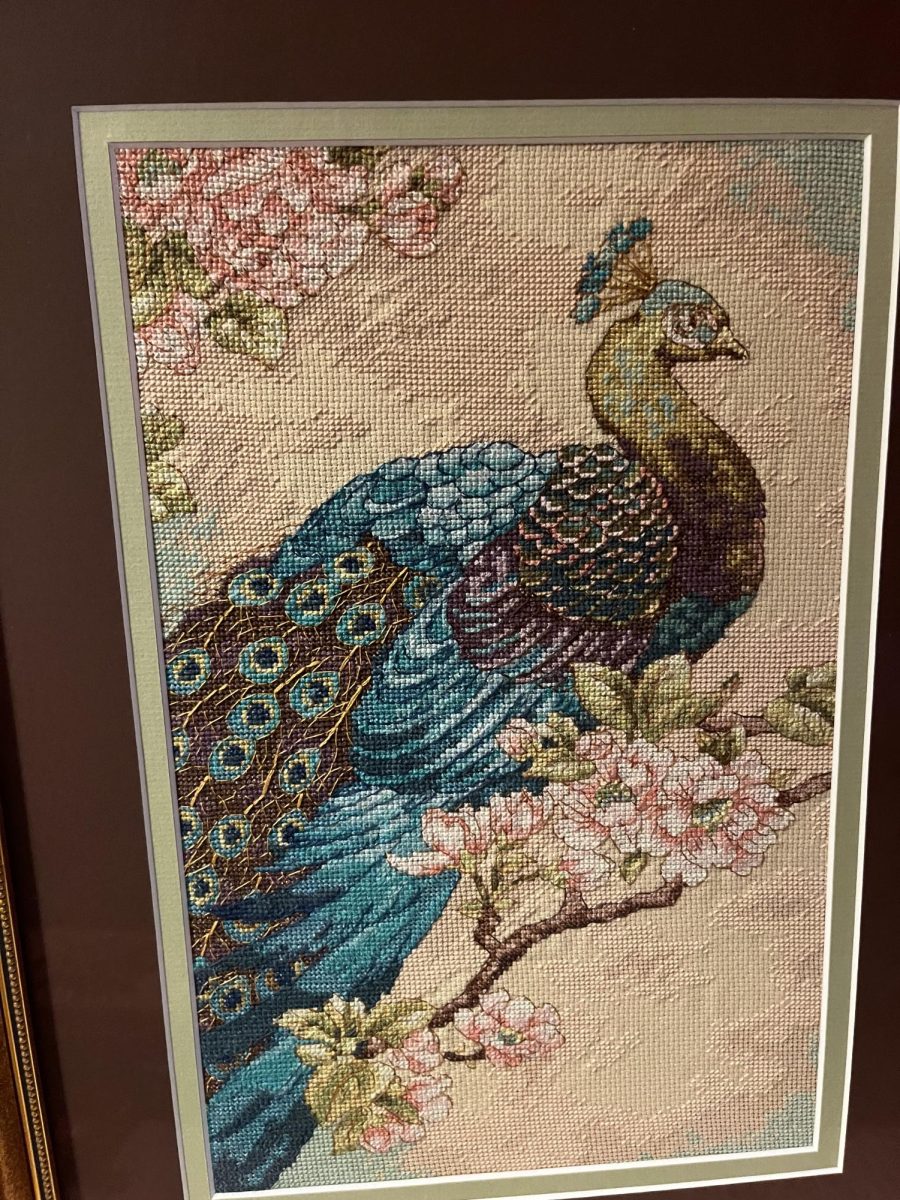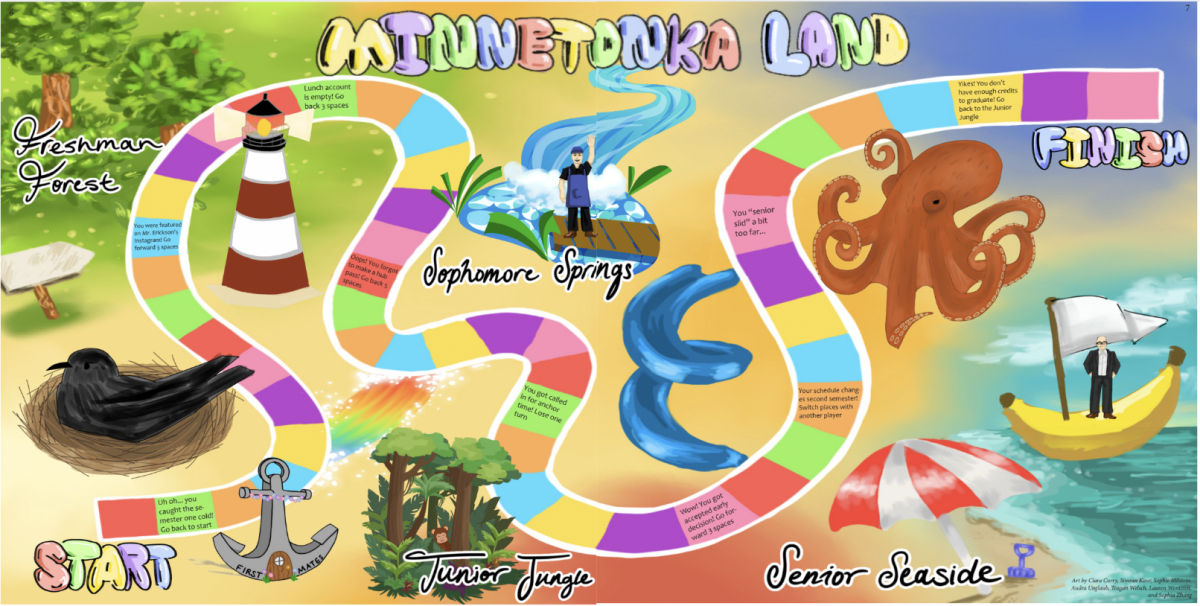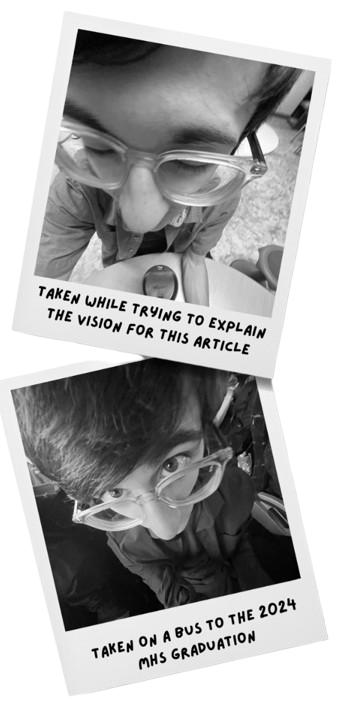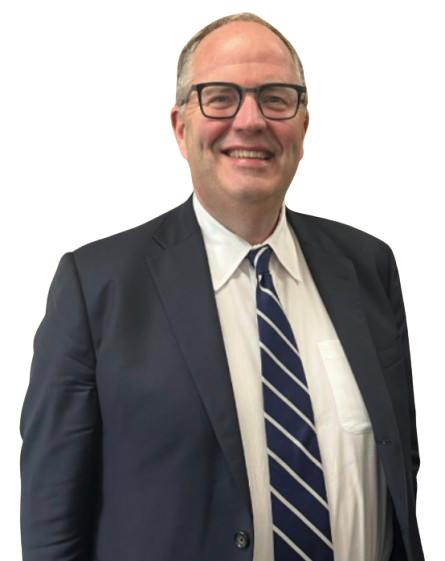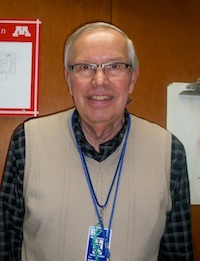When we talk about the schools past, it’s easy to forget that there are some people still here that have seen it all, the past and the present.
By the end of their time at MHS, most students have most likely had Mr. Soderholm as a substitute teacher at least once. A full time Social Studies teacher from 1964-2000, with a small break in the late 60’s when he was drafted for the Vietnam War. After he returned, he went back to teaching full time until 2000. It wasn’t until 2002 that he came out of retirement and began substitute teaching.
Since he’s been here for so long, he’s seen the school go through some huge overhauls in physical appearance and policy. I asked him what he thought have been some of the biggest and best changes he’s seen in his time at the school. When I first thought of this question, I figured his answer would be things like the student union, or the re-vamped Arts Center. Instead, he surprised me by saying that the best thing that he’s seen is the special education program that we have here at Minnetonka. Back when he started teaching here, it was very difficult for a student with a learning disability to get the help that they needed in their classes. But when the special ed program was introduced, those kids were able to get more outside help and special tutors.
What surprised me was how he talked about the push for technology back in the 60’s and 70’s, and keep in mind, when I say technology, I’m not talking about iPad’s and Smartboards. In his first year working at the school, the goal was to get an overhead projector into every single classroom. Yeah, you read that correctly: overhead projectors, those things that sit in the corners of your classrooms gathering dust, were the big technological advances of the time. Even more shocking is the fact that it wasn’t until the ‘80’s that every room got its own T.V.
One of the things he misses the most is the use of the first ten minutes of a day for a homeroom, where students would watch the announcements, and hang out before classes began. He liked the fact that every student was in the same room with the same teacher every year, which helped to establish stronger connections between teachers and students. It also helped students build stronger relationships within the student body, as kids within the same homeroom got to know each other much better when they spent the first ten minutes of everyday together for all four years.
He also misses the smaller class sizes that the school had back then, about 20 kids per class, whereas now the average is about 30. Although he admitted that this increase is mainly due to the much larger student body that we have now.
With so many changes taking place over the years, not all of them can be good ones. But from the perspective of someone who has been here for a lot of them, Mr. Soderholm said that the school is “as good as it’s ever been”.

